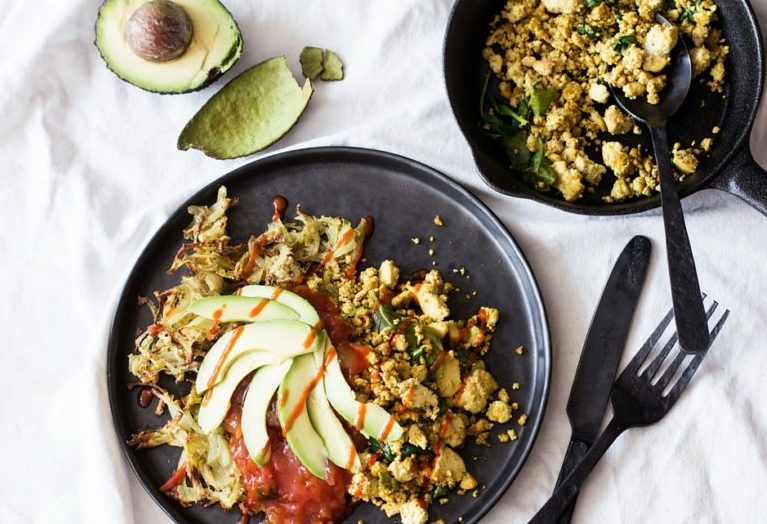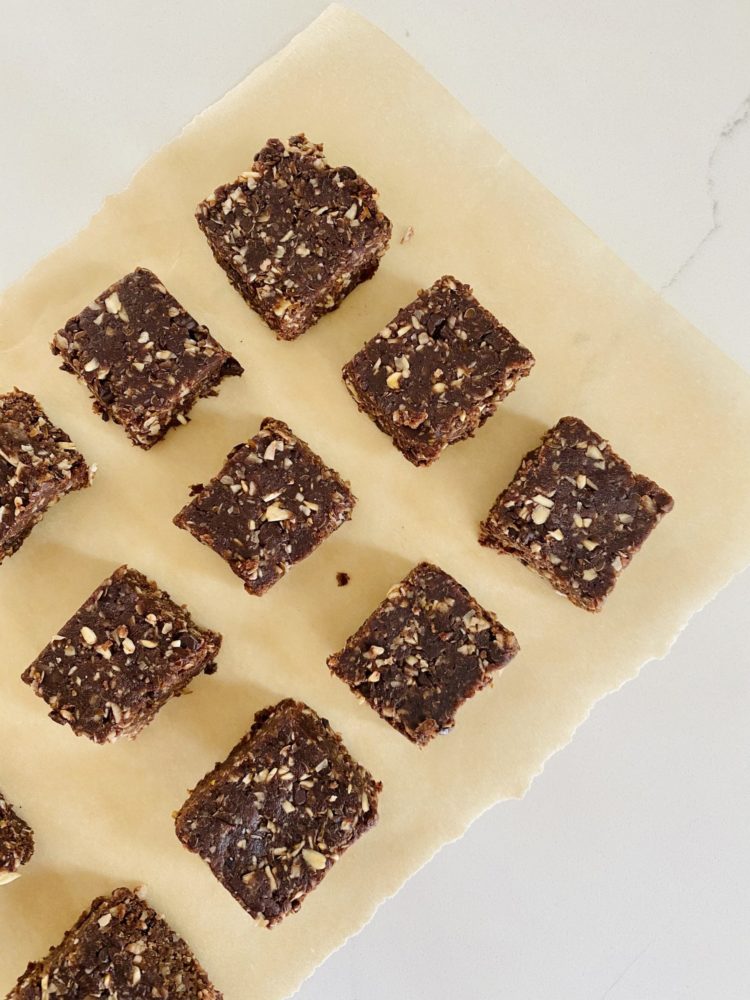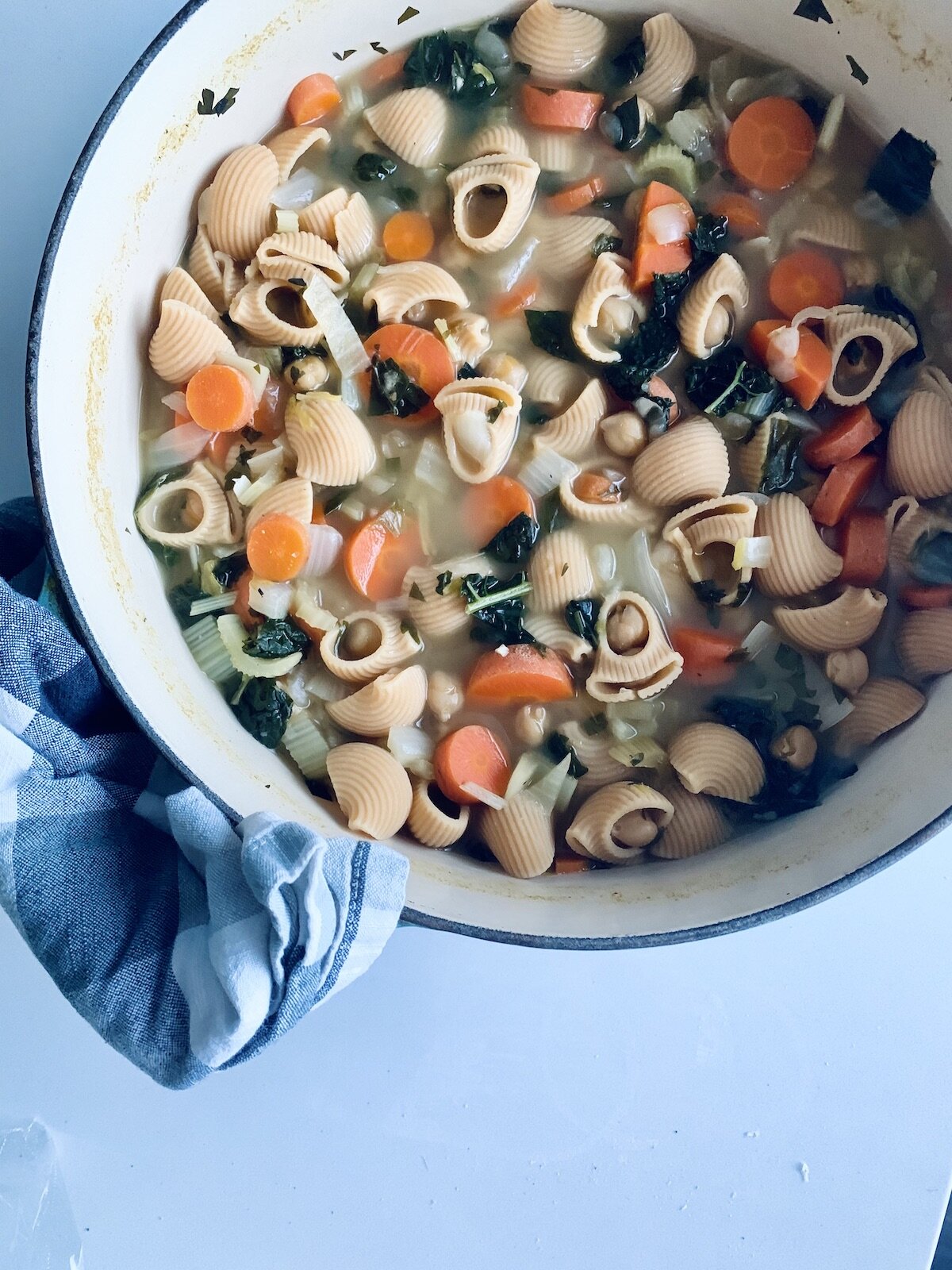Satisfaction is known as the hub of all of the other intuitive eating principles. It’s the driving force for all of the other principles. I consider it the most important and the most misunderstood part of intuitive eating. Your satisfaction is a beautiful, multi-faceted, powerful part of your relationship with food. Your own satisfaction is something that you might not be acquainted with. So, let’s get acquainted with your satisfaction – what it means, why it matters, and how to use yours to guide your food choices.

Satisfaction and Intuitive Eating
The fifth principle of intuitive eating is “Discover The Satisfaction Factor”. As the hub of intuitive eating, it is connected to every other principle. Satisfaction is rooted in how specific foods and eating experiences make you feel. So, for example, neither eating when you are starving nor eating when you are full are satisfying experiences. When you honor your hunger and eat when you are pleasantly hungry you will, theoretically, experience maximum satisfaction. Same goes for the other principles of intuitive eating. Eating is more satisfying when you have rejected diet culture and don’t have critical thoughts bouncing around in your head, when you respect your body and wear comfortable clothes while you’re eating, and when you’ve healed emotional eating and aren’t using the food you’re eating to cover up difficult emotions.
What does satisfaction mean?
Your satisfaction is rooted in how food makes you feel, which includes pleasure, joy, comfort, connection, and wellbeing. It takes the definition of food beyond nutrition or “food as fuel” which is an oversimplified way to think about something as powerful and integral as food. Eating should be an enjoyable experience, and this intuitive eating principle advocates for the deliberate pursuit of satisfaction with every meal or snack.
I find that many people struggle with the pleasure piece of satisfaction. These are people still stuck in the web of diet culture which influences us to deny our pleasure. Food and pleasure are not bad. We are designed to enjoy food – it should be pleasurable! In fact, deriving pleasure from food can lead to fewer cravings, less overeating, and a healthier relationship with food.
But satisfaction doesn’t only include pleasure in the form of eating foods that taste good. It also includes eating foods that feel good. Eating ice cream might taste good, but eating ice cream constantly for days is not going to feel good. Satisfaction is the piece of your relationship with food that considers how foods make you feel before, during, and after eating them.
Your Satisfaction Includes…
In addition to feeling pleasantly hungry and pleasantly full, your satisfaction also includes…
- Feeling pleasantly hungry when you begin eating
- Feeling pleasantly full after eating
- Flavor, aroma, and texture of food
- Feeling calm and present during a meal
- Feeling the way you want to feel afterwards (ex: energized, satiated, content)
- Reliving important memories or traditions through food
- Feeling comfort from food
- Connecting with others
Benefits of Satisfaction
By considering your satisfaction when you eat, you receive many benefits beyond just enjoying what you’re eating. Other benefits include…
- Fewer Cravings: When you allow yourself to fully enjoy what you eat, you may find that you have fewer cravings over time. In other words, you feel satisfied!
- Less Overeating: Oftentimes overeating is driven by a need to fill your satisfaction cup. When you prioritize satisfaction from the start, your cup will be full.
- Intuitive Eating Success: Mastering your satisfaction will help you integrate all of the other principles of intuitive eating too. Since it is the hub, it enhances all of the other intuitive eating skills.
Satisfaction and Plant-based Eating
Including your satisfaction in your plant-based eating is key to making it sustainable and something that brings you joy and ease vs. anxiety and stress. Satisfaction might look like cooking with oil so your meals are more pleasurable and filling; including vegan “fun foods” like burgers, cheeses, and desserts; eating a non-vegan food instead of the vegan option because it’s what you truly want; or not eating a food because it doesn’t make you feel well (ex: dairy).
When I work with women who are struggling to stick with plant-based eating, satisfaction is one of the first things I explore with them. As humans, we are naturally motivated to do more of what feels good, so prioritizing your satisfaction within plant-based eating will naturally make it feel easier and more fun!
How To Discover Your Satisfaction
If you aren’t clear on how to distinguish between the food experiences that make you feel the way you want to feel and the ones that don’t, here are a few strategies to try to discover your own satisfaction.
- Ask yourself what you really want to eat. We’ve all had the experience of eating a meal and feeling physically full but unsatisfied. Or eating what we think we’re “supposed to” eat instead of what actually sounds good. In the long run, you’re going to be better off eating what you really want from the start.
- Ask yourself how you want to feel afterward. Along with what sounds good, ask yourself how you want to feel after eating. A burger and fries might sound good, but it might not help you feel energized for your afternoon of meetings. Start to notice how you feel after eating certain foods so you can choose ones that support your desired feelings.
- Create an enjoyable eating environment. Your eating environment also impacts your satisfaction. Most people will feel more satisfied in a calm environment with limited clutter, distractions, and chaos. This can be really simple. Turn off screens or simply clear the clutter off the table before sitting down to eat. Or eat your lunch by window in your office instead of eating at your desk.
- Engage your senses. Notice the flavors, textures, and aromas that are most satisfying to you. Try to include them as much as possible. While you’re eating, take a moment to look at, smell, and truly taste your food. This will help you squeeze more satisfaction out of every meal.
- Don’t settle for unsatisfying foods. How often do you mindlessly eat something that doesn’t actually taste good to you? Becoming an intuitive eater means developing the ability to leave food on your plate when your body simply doesn’t want it or doesn’t find it enjoyable. Be sure you’re checking in with your satisfaction while you’re eating.
- Check in with your satisfaction during a meal. It’s common to keep eating past the point of satisfaction. Try checking in with yourself three-quarters of the way through your meal to see if what you’re eating is still satisfying. You may choose to stop eating, or you may choose to keep eating simply to satisfy your hunger. The key is noticing and making that choice mindfully.
- It doesn’t need to be perfect. Satisfaction is not something to utilize as another rigid rule. Every meal will not be peak satisfaction. Sometimes eating is purely functional. The lunch you packed might not sound good, but you eat it anyway so you can take in energy and move on with your day. Also, satisfaction is a privilege that not everyone has. Sometimes the best we can do is to simply satisfy our hunger, and that is okay.
Want to learn more?
Join the End Overeating Masterclass to learn the 4 tools you need to end the cycle of binging, restricting, and emotional eating. (Psst… hurry! It’s 50% off for a limited time!) You’ll learn more about satisfaction in this masterclass!


